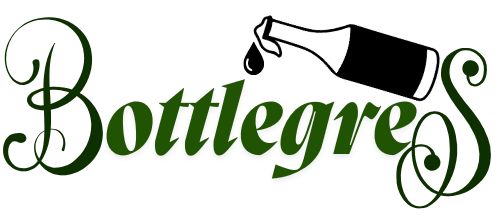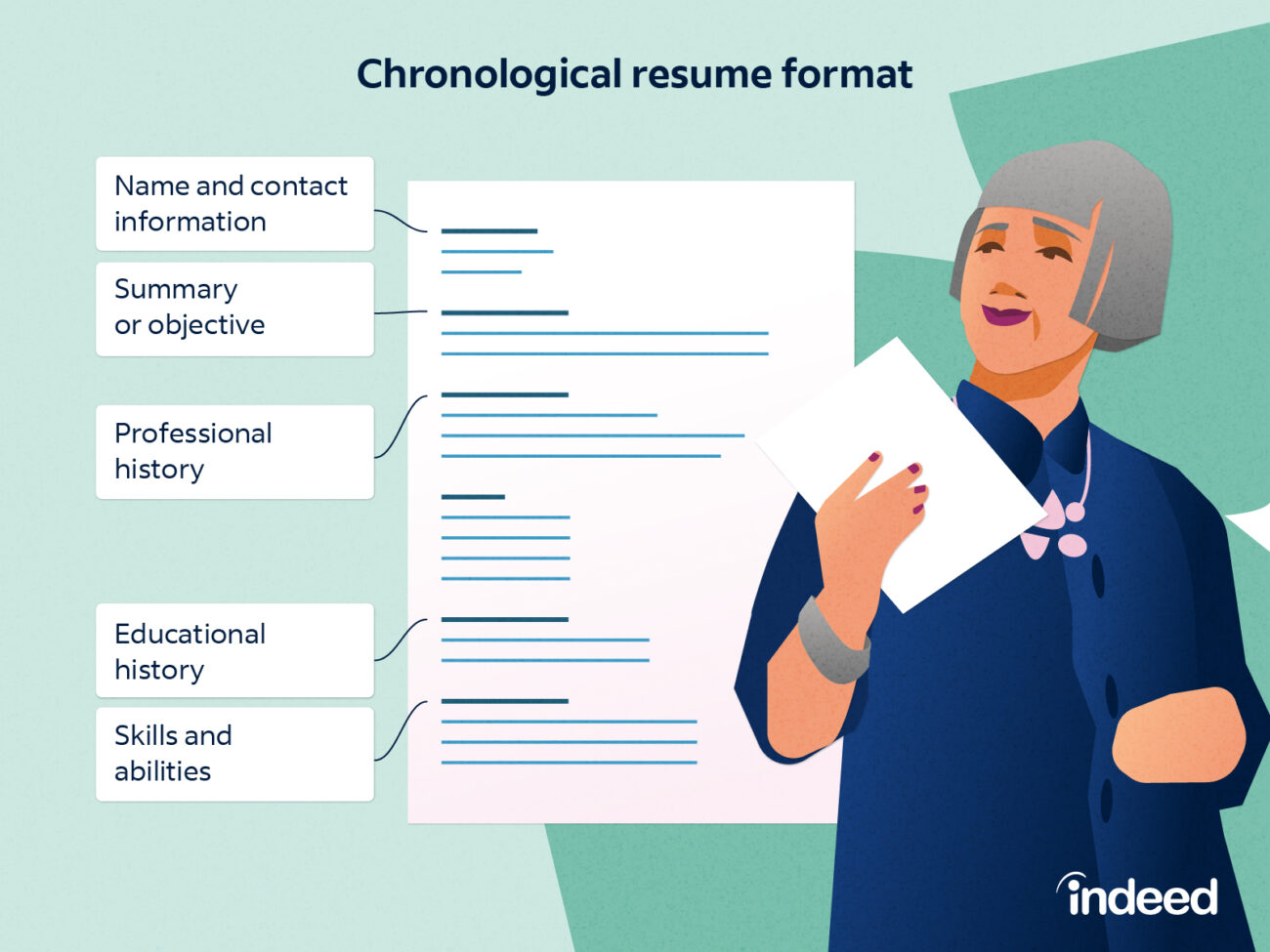Prioritize readability and professionalism when choosing a font size and style for your resume. Arial, Calibri, and Times New Roman are popular fonts because they’re clean, modern, and easy to read. These fonts are used to convey professionalism and detail-oriented work in professional settings.
When choosing font size, try to strike a balance between legibility and space efficiency. Your body text should be between 10-12 points. However, your section headings and name can be slightly bigger to emphasize. This ensures your resume is easily readable while maxi missing the content in the space available.
You should always consider the formatting requirements of the company or industry to which you are applying. It’s important to follow any guidelines that an organization may have for font size and typeface. This shows professionalism and attention to detail. Your resume appearance and effectiveness are greatly affected by the font and size you choose.
Organizing Your Information Effectively
Using a Reverse-Chronological Format
One effective way to organize your information is by using a reverse-chronological format, which means listing your most recent experience first. This format lets employers see your latest skills and accomplishments right away. It makes a great first impression.
The section headings are clear and concise
Use of clear, concise section headings will also help you organize your information so that it is easier to navigate. Section headings that are commonly used include “Education,” Work Experience,” Skills,” and “Achievements.” These headings help you categorize and organize your information, making it easier for employers to locate the information they need.
Bullet points to highlight achievements.
Bullet points are another way to effectively organize your information. They highlight your accomplishments and responsibilities in each position or educational experience. You can highlight specific skills and accomplishments in an easy-to-read format.
Effective Organization is Important
Overall, a well-organized resume will help you make a good impression on employers and increase your chances of getting an interview.
Highlighting your achievements and skills
It is important to highlight your skills and achievements on your resume in order to set yourself apart from the competition. Use action-oriented language when describing your achievements. Focus on your specific actions and results instead of listing your job duties.
Instead of “responsible” for managing social media, you might say, “Increased engagement in social media platforms by 30% via targeted content strategy.” You can also use “Improved engagement on social networks by 30% through targeted marketing strategy.”
This will not only highlight your achievements but will also demonstrate the impact of your job. It’s also important to tailor your skills and achievements to the job that you are applying for. It’s important to highlight the skills and achievements that are relevant to the job.
Bullet Points are a great way to make your point.
Bullet points are a great way to convey information concisely and clearly. Bullet points make it easy for employers and readers to understand and read your key achievements, responsibilities, etc., and skills. It’s important that bullet points are short and concise.
Use action-oriented language when describing your achievements. Aim to include 3-5 bullets per educational or job experience. Bullet points also help to highlight specific skills and experiences relevant to the position you are applying for. Using bullet points strategically can help employers see that you’re a good candidate for the job.
Keywords in Applicant Tracking System
Keywords are essential to ensure that your resume gets noticed by applicant-tracking systems (ATS). Many companies use applicant tracking systems (ATS) to screen resumes prior to seeing them by humans. Including relevant keywords will increase your chances of being chosen for further review. Review the job description carefully and note any skills, qualifications, or industry terms mentioned.
After you’ve identified relevant keywords, incorporate them seamlessly and naturally into your resume. You can do this by including keywords in the skills section or work experience descriptions, or in a separate section devoted to key qualifications or skills. You can increase your odds of getting an interview by including keywords in your resume.
Customizing your resume for each job application
Matching the Job Description
Matching your skills and experience to the requirements of the job is an effective way to tailor your resume. It is important to carefully read the job description in order to identify the skills and qualifications that the employer wants. You can show the employer you are qualified for the job by highlighting your skills and experience.
Reflecting company culture and values
To customize your resume, you will also need to adjust the language and tone of the document to reflect the culture and values of the company. It is important to research the company’s vision, mission, and values and incorporate language from your job description. This will show employers that you are interested in the job and understand their needs.
Customization has many benefits.s
Customizing your resume to each job is important in order to make a good impression on employers and increase your chances of getting an interview. You can show your passion for each role by tailoring your resume. This will also allow you to highlight your relevant skills and experience. You can gain an edge on other job applicants by tailoring your resume to each position.
Proofreading and Editing to a Shiny Finish
It is important to proofread and edit your resume in order to ensure that it is error-free and has a polished appearance. Take the time to review your resume for spelling and grammatical mistakes before submitting it. Check for consistency of formatting throughout, including punctuation, capitalization, and verb tenses.
Consider asking a friend or mentor for feedback after you have checked your resume to see if there are any errors. They can offer valuable insight on how you can improve it further. You may find that they can identify places where the language could be tightened or additional details added to make it clearer. You can make your resume look polished by taking the time to edit and proofread it.

